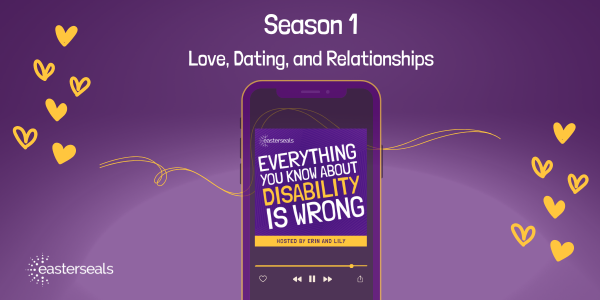
Making Life Accessible
What is Assistive Technology and how can it improve your ability to live independently?

Assistive Technology (AT) is any device, system or related service that maintains or improves the functional capability of individuals with disabilities. AT can be beneficial to people of all ages with a variety of disabilities or special needs, both long-term and short term. AT could be considered ”tools for independence” to allow someone to live, work, learn or play more independently.
Easter Seals Resource and Technology Demonstration Center
Housed in our New Castle location, visitors can try hundreds of assistive devices on display and search through thousands of products in catalogs and DVDs that will help them maintain or improve independence and home safety. Come in for a tour! For more information, email resources@esdel.org or call (302) 221-2087.
Click here to take a virtual tour of the center.
Click here for a downloadable flyer on the Resource and Technology Demonstration Center. (.pdf)
Low-Interest Loans for More Accessible Living
In collaboration with the state Division of Vocational Rehabilitation, our partnerships with lending institutions can help finance assistive technology for home, work, or even vehicle modifications, with lower interest loans. Our Case Manager will help guide you through the process. For more information, email resources@esdel.org or call (302) 221-2076. Click here for more information. (.pdf)
Click here for the FYI: Finance Your Independence flyer.
Workplace Accessibility
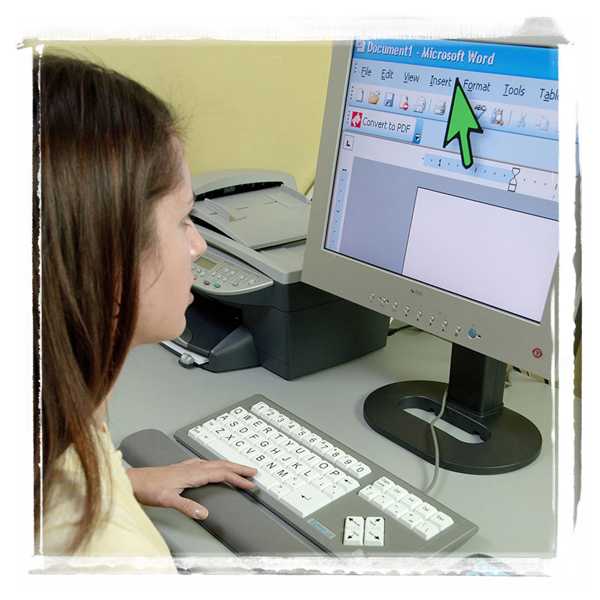

Are you someone with a disability who needs assistive technology to work more independently or more successfully? Through the Telework Program, our Case Manager will guide you through the process to apply for a lower interest loan to purchase the assistive technology you need. Check out our Telework Program here. (.pdf)
Seating Assessments: Comfort and Safety for Wheelchair Users
Proper fit of the wheelchair and seating components is essential for any mobility device. The correct wheelchair and seating system can increase independence, prevent skin breakdown and improve comfort. Easter Seals is one of only two providers who use computerized pressure mapping when skin breakdown is a concern. If you have wheelchair concerns, our seating assessment service may be the answer. Click here for more details. (.pdf)
Communication Aids/Assessments: The ability to communicate is something we take for granted, until you no longer have it.
Speech generating devices can help someone who has a communication limitation, i.e. due to stroke, multiple sclerosis, cognitive impairments, etc. successfully communicate with others. Through our Augmentative Communications assessment service, various devices can be tried to determine what works best for the client. Click here for more details. (.pdf)
Other Resources
Accessibility means breaking down barriers to ensure that everyone can fully participate in their communities and in society at large.
If you don't have a disability, you may not think twice about the curb cuts you cross on your way to work, closed captions that appear on your favorite TV shows, or signs in braille.But for people with disabilities and their families, these are accessibility features that are vital for full inclusion in society.
Building a More Accessible World
What is accessibility?
Accessibility can be defined as whether someone with a disability can access, experience, or interact with something. This can apply to the following:
- Employment
- Public spaces
- Transportation
- Healthcare
- Technology
- Housing
- Education
Notice a pattern? The items listed above are vital resources or activities we should have in our lives which is why accessibility is key to ensuring inclusion for people with disabilities.
Accessibility in public spaces, including the workplace and schools, is required by law with the passing of the Americans with Disabilities Act of 1990. However, there are still many ways society falls short in ensuring our communities can be accessed by people with disabilities. It's on all of us to consider and advocate for full accessibility.
What is web accessibility?
Web accessibility assures that people with disabilities can access websites.
With so much information and socialization happening online, it is crucial that we ensure everyone can access content on the internet.
Web accessibility includes captions for videos, descriptions of images, high contrast and resizing for text, screen-reader friendly websites, and more.
While Title II of the ADA requires that all state and federal websites must be accessible to people with disabilities, there is still a long way to go until the internet is barrier free.
To learn more about web accessibility, visit the World Wide Web Consortium (W3C) for guidelines for web designers and developers.
What does "handicap accessible" mean?
First, it's important to note that the term "handicap" is no longer used or accepted by the disability community; instead, you can simply say "accessible." Typically, the term "handicap accessible" often means a space or terrain can be traversed by someone who uses a wheelchair or other mobility aid. However, accessibility doesn't just include people with mobility aids; it encompasses those with invisible disabilities, including people with chronic physical or mental health issues, and autism.
What are the ADA accessibility guidelines?
There are hundreds of guidelines in the ADA for accessibility compliance. These guidelines pertain to building entrances, ramp inclines, elevators, bathroom access, parking spaces, alarms, table heights, and more. These rules ensure that people with disabilities have access to their community and gives them a legal recourse if they encounter unnecessary barriers. You can visit the official ADA guidelines website to learn more.
How is Easterseals making the world more accessible?
Our community-based facilities across the United States are directly responding to the needs of their communities to break down barriers in employment, community access, housing, transportation, technology and more.
- Easterseals Project ACTION Consulting provides training and consultation on ADA-accessible transportation so more people can get to where they need or want to go.
- Inclusive, barrier-free camps and recreation programs across the country allow adults and children with disabilities to experience adventure and make new friends. Find one near you today.
- We're working with our partners at Century 21 to ensure people with disabilities can find accessible homes that fit their needs.
- Our partners at Freddie Mac are helping people with disabilities obtain affordable housing through renting or buying a home.
- We proudly partner with Comcast NBCUniversal to ensure that everyone is 100% included through assistive technology. Comcast NBCUniversal's generosity has helped to provide technology solutions to thousands of people with disabilities. Also add info on Internet Essentials here.
- We assist 70,000 people annually in bridging the employment gap in the disability community through our employment and training program. Find an Easterseals employment program in your community.


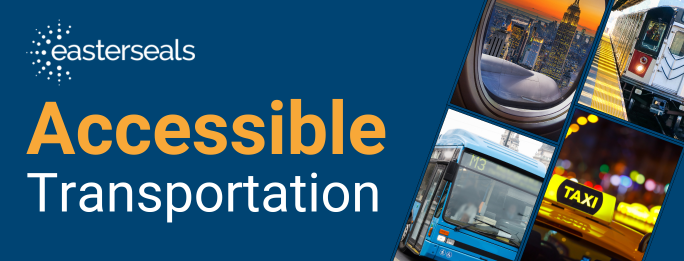



 “Streaming is both accessible and not accessible,” Evans said. “The streaming part itself is accessible, in that it allows me to make my own schedule, and I can work it around my disabilities. However, the inaccessible part is the demand for content creators to constantly be networking, attending events and continuously pushing out content. I cannot attend events, and if I can they’re incredible stressful, so all my work networking has basically been done online, which thankfully is becoming a more acceptable side of content creation.”
“Streaming is both accessible and not accessible,” Evans said. “The streaming part itself is accessible, in that it allows me to make my own schedule, and I can work it around my disabilities. However, the inaccessible part is the demand for content creators to constantly be networking, attending events and continuously pushing out content. I cannot attend events, and if I can they’re incredible stressful, so all my work networking has basically been done online, which thankfully is becoming a more acceptable side of content creation.” “I must say over the years it has become less and less accessible for me,” Martínez said. “SMA (Spinal Muscular Atrophy) causes strength, endurance and mobility loss as time passes. I can’t use a physical keyboard as I used to, so it’s been years now with an on-screen keyboard. Voice dictation doesn’t work well for me due to my voice being inconsistent, not to mention my accent. In English it can go from totally wrong to acceptable. In Spanish, my native language, it works better.”
“I must say over the years it has become less and less accessible for me,” Martínez said. “SMA (Spinal Muscular Atrophy) causes strength, endurance and mobility loss as time passes. I can’t use a physical keyboard as I used to, so it’s been years now with an on-screen keyboard. Voice dictation doesn’t work well for me due to my voice being inconsistent, not to mention my accent. In English it can go from totally wrong to acceptable. In Spanish, my native language, it works better.” “What drew me to consulting was the opportunity to leverage my unique perspective as both an able-bodied and disabled gamer to improve the gaming experience for others,” Lane said. “I can share the frustrations I’ve faced as a disabled gamer and use that knowledge to advocate for better accessibility features. Companies and studios that I work with go the extra mile to make sure I have everything I need to succeed.”
“What drew me to consulting was the opportunity to leverage my unique perspective as both an able-bodied and disabled gamer to improve the gaming experience for others,” Lane said. “I can share the frustrations I’ve faced as a disabled gamer and use that knowledge to advocate for better accessibility features. Companies and studios that I work with go the extra mile to make sure I have everything I need to succeed.”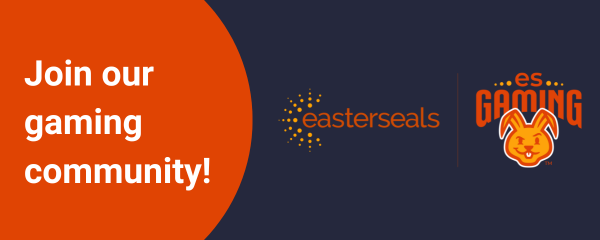


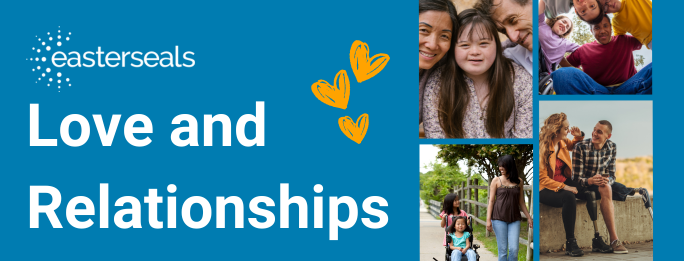
 So in my nightmare, I’m mad as a hornet when I see the green bus go by. I say to myself, “What the hell is this? I thought those inaccessible buses were long gone!”
So in my nightmare, I’m mad as a hornet when I see the green bus go by. I say to myself, “What the hell is this? I thought those inaccessible buses were long gone!”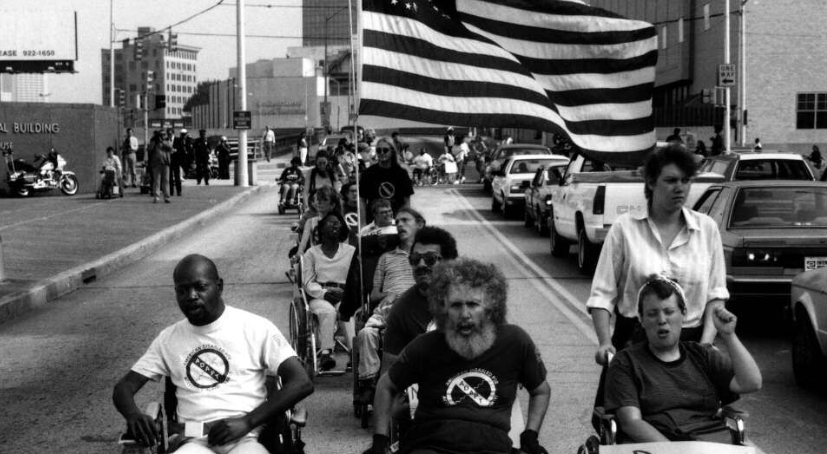
 From childhood, I was fortunate to learn the true essence of love from my mother, particularly during Valentine’s Day. It wasn’t just about exchanging chocolates and flowers and embodying Agape love—selfless, unconditional, and inclusive. My mother’s teachings transcended romantic notions, emphasizing the importance of spreading love beyond our immediate circles. Together, we embarked on a tradition of making Valentine’s cards for friends and everyone in my class, ensuring no one felt left out. This act of kindness extended to our family members, neighbors, and anyone who crossed our path. Through these gestures, my mother instilled in me the belief that love knows no bounds and should be shared generously with all.
From childhood, I was fortunate to learn the true essence of love from my mother, particularly during Valentine’s Day. It wasn’t just about exchanging chocolates and flowers and embodying Agape love—selfless, unconditional, and inclusive. My mother’s teachings transcended romantic notions, emphasizing the importance of spreading love beyond our immediate circles. Together, we embarked on a tradition of making Valentine’s cards for friends and everyone in my class, ensuring no one felt left out. This act of kindness extended to our family members, neighbors, and anyone who crossed our path. Through these gestures, my mother instilled in me the belief that love knows no bounds and should be shared generously with all.
 Embracing self-love while advocating for ourselves is an act of self-preservation and a radical resistance against ableism and discrimination. It allows us to reclaim our narratives and assert our agency in spaces that often seek to marginalize us and not recognize our autonomy. Advocating for accessibility and recognizing our independence becomes pivotal in this context.
Embracing self-love while advocating for ourselves is an act of self-preservation and a radical resistance against ableism and discrimination. It allows us to reclaim our narratives and assert our agency in spaces that often seek to marginalize us and not recognize our autonomy. Advocating for accessibility and recognizing our independence becomes pivotal in this context.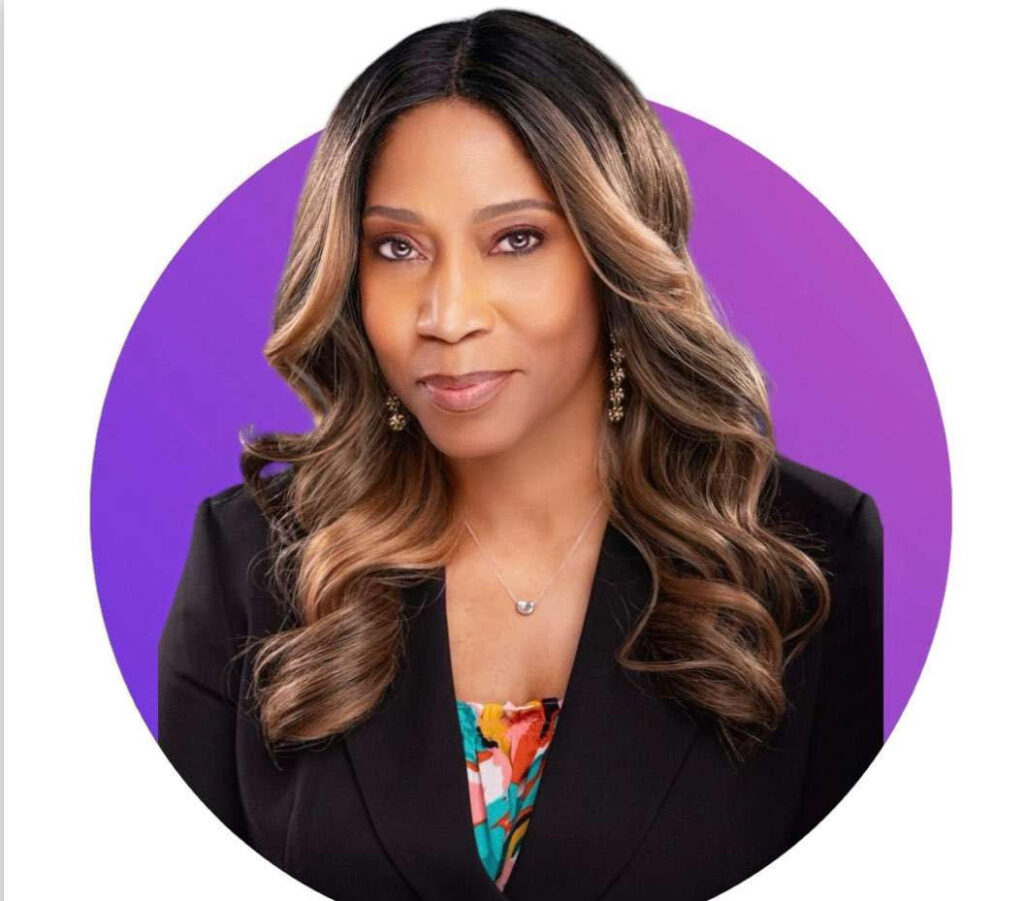 Andrea Jennings, M.Mus., is a Disability & Accessibility Strategist, Actress, and filmmaker passionate about music, law, and entertainment. Her journey led to creating Shifting Creative Paradigms – Leveling The Playing Field® Multi-Media Production Co., advocating for social justice through Disability culture, film, music, and art. Her work has graced prestigious platforms like Park Avenue Armory, The Metropolitan Museum of Art, and Rutgers University. Her work is also recognized in Forbes, Billboard Magazine, The Atlantic Magazine, The Hollywood Reporter, and The New York Times.
Andrea Jennings, M.Mus., is a Disability & Accessibility Strategist, Actress, and filmmaker passionate about music, law, and entertainment. Her journey led to creating Shifting Creative Paradigms – Leveling The Playing Field® Multi-Media Production Co., advocating for social justice through Disability culture, film, music, and art. Her work has graced prestigious platforms like Park Avenue Armory, The Metropolitan Museum of Art, and Rutgers University. Her work is also recognized in Forbes, Billboard Magazine, The Atlantic Magazine, The Hollywood Reporter, and The New York Times.